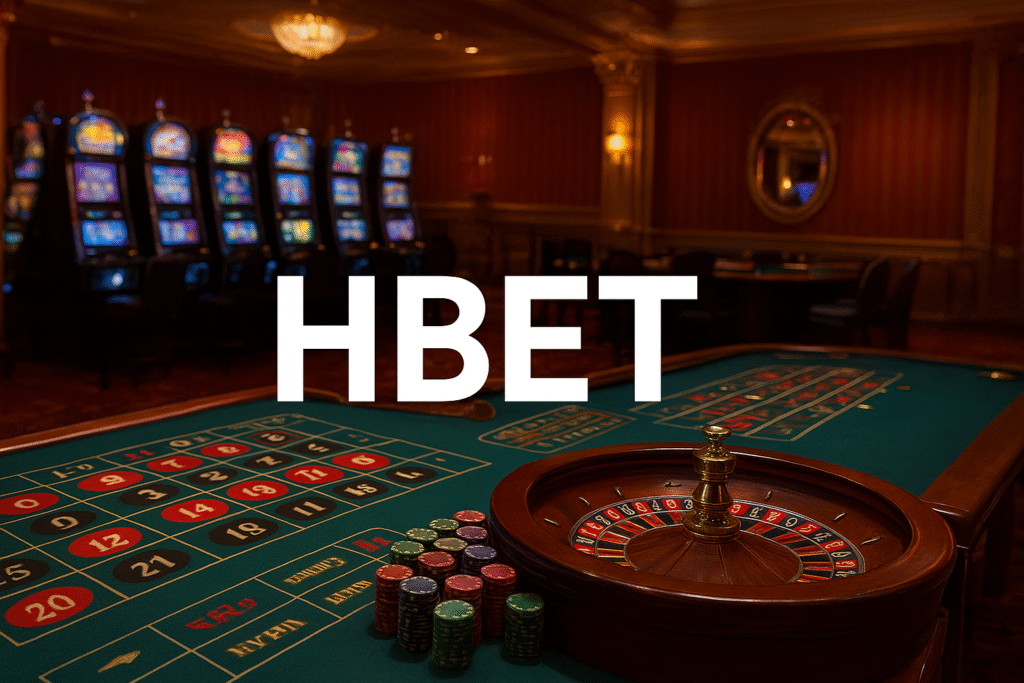Casinos have always fascinated people, not only because of the chance to win money but also because of the emotions they evoke. Every slot machine spin, every card flip, and every dice roll taps into the psychology of human behavior. Gambling is more than just entertainment—it’s an intricate balance of risk, reward, and psychological triggers that keep players engaged. Understanding these elements is essential to grasp why casinos remain so popular, both online and offline.
Industry observers like kaku press often highlight how the design of casino games is closely linked with behavioral psychology. Developers, operators, and marketers all rely on proven psychological principles to attract players, sustain interest, and create memorable experiences. From sound effects to reward systems, every detail of a casino game is carefully designed to influence how players think and feel.
One of the most powerful psychological factors in casinos is the reward system. Slot machines, for instance, are built on the principle of intermittent reinforcement. This means that wins come at unpredictable intervals, keeping players engaged because they never know when the next reward will appear. Studies show that unpredictable rewards stimulate the brain’s dopamine pathways more strongly than predictable ones. This creates excitement and encourages players to keep going.
The environment also plays a significant role. In physical casinos, bright lights, engaging music, and the sound of jackpots ringing are all designed to create a stimulating atmosphere. Online platforms mimic this through colorful graphics, sound effects, and celebratory animations. These elements trick the brain into associating the activity with pleasure, making it more likely for players to return.
Another psychological element is the illusion of control. Games such as poker and blackjack allow players to make decisions, giving them a sense of control over the outcome. Even though chance plays a major role, the perception that skill can influence results motivates players to keep playing. Slot machines also use this technique by offering bonus rounds or choices, making players feel more engaged even when outcomes remain random.
Near misses are another clever design technique. When a slot machine shows two jackpot symbols and the third lands just above or below the winning line, players experience the sensation of being “so close.” Research has shown that near misses activate the same brain regions as actual wins, tricking the mind into believing success is just around the corner. This psychological trigger often keeps players spinning in hopes of hitting the real jackpot.
Social influence also plays an important part in gambling behavior. In physical casinos, seeing others win can motivate players to try their luck. Online platforms replicate this effect with live dealer games, leaderboards, and real-time win notifications. When players see others winning, they are more likely to believe they can achieve the same result. This creates a powerful sense of community and competition.
Casinos also use time distortion techniques to keep players engaged for longer. In land-based casinos, the absence of clocks and windows makes it easy to lose track of time. Online casinos achieve a similar effect by offering endless game options, autoplay features, and round-the-clock availability. Players often underestimate how much time they’ve spent, which can lead to extended gaming sessions.
Another fascinating aspect is the role of bonuses and promotions. Welcome bonuses, free spins, and loyalty rewards are all structured to encourage repeat play. Psychologically, these incentives tap into the principle of reciprocity—the idea that when someone gives us something, we feel compelled to give back. In this case, players return to the casino and continue playing as a form of reciprocation.
Of course, psychology in casinos is not just about encouraging play—it also plays a role in responsible gaming. Many modern casinos use AI-driven behavioral analysis to identify signs of problem gambling. When players exhibit risky patterns, the system can trigger warnings, suggest breaks, or even block access to protect them. This balance between entertainment and responsibility is essential for maintaining the industry’s long-term credibility.
Looking to the future, the use of psychology in casinos is likely to become even more sophisticated. With the integration of virtual reality (VR) and augmented reality (AR), casinos will create even more immersive experiences that tap into human emotions and behavior. Personalized game recommendations powered by artificial intelligence will also tailor experiences to individual players, further enhancing engagement.
In conclusion, the psychology of casino gaming is a fascinating blend of design, reward systems, and behavioral science. From the thrill of unpredictability to the illusion of control, every aspect of casino games is carefully engineered to influence how players feel and act. While these techniques enhance entertainment, responsible application is key to ensuring players enjoy the excitement without harm. Ultimately, it is this balance of thrill and responsibility that makes casinos one of the most enduring forms of entertainment in the world.
